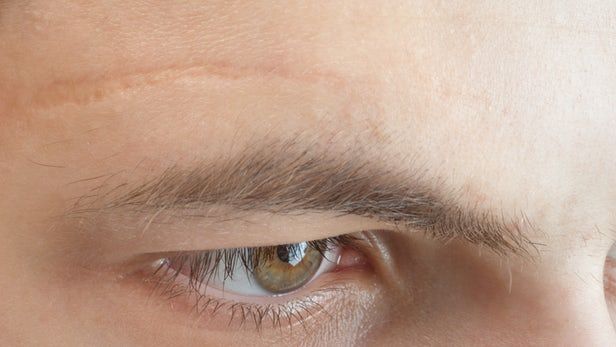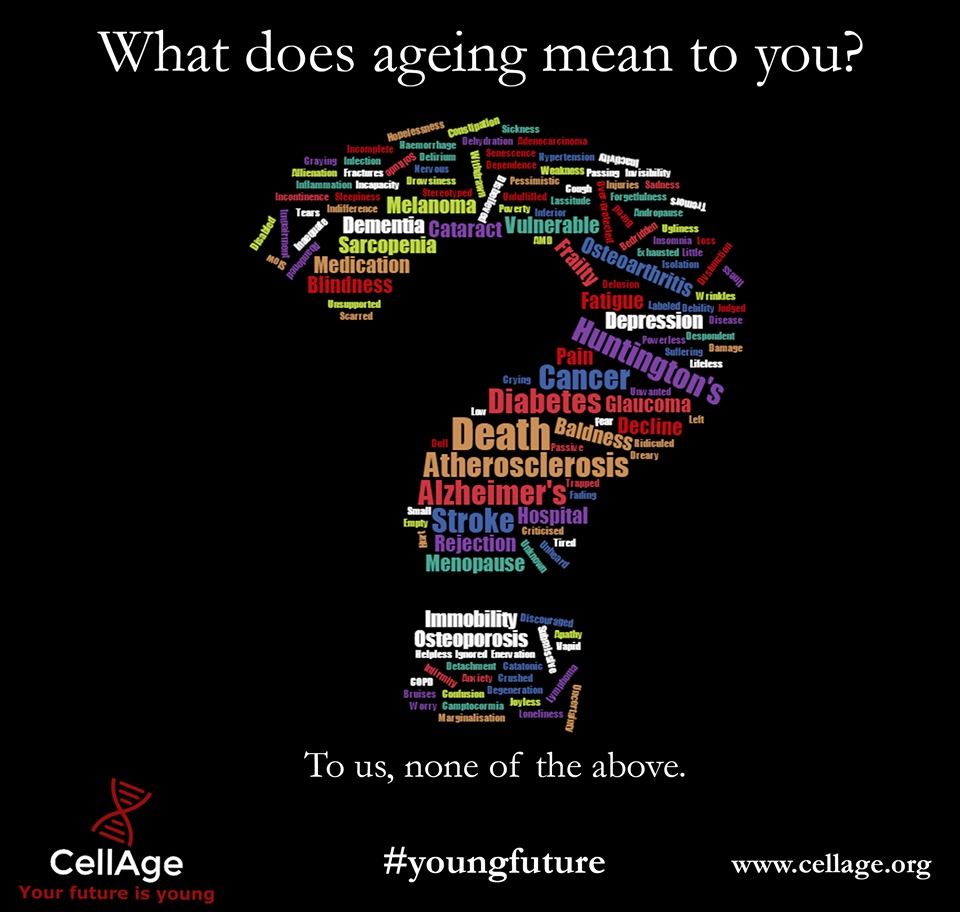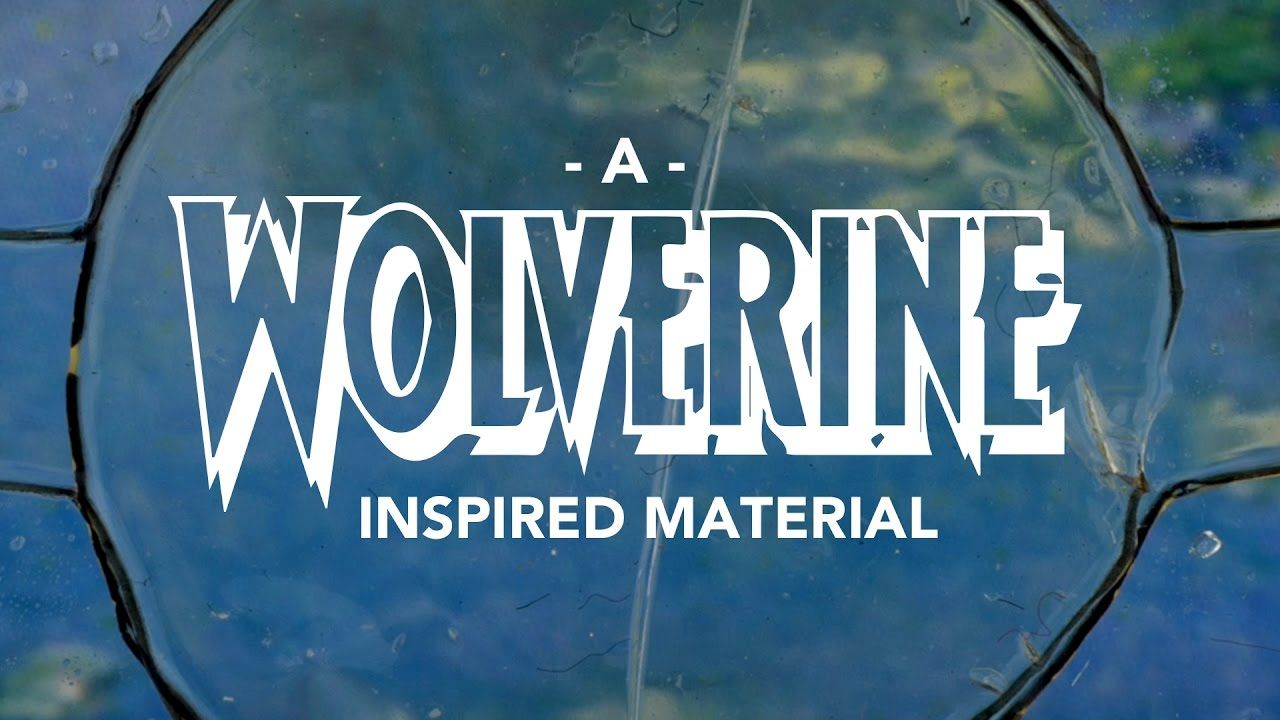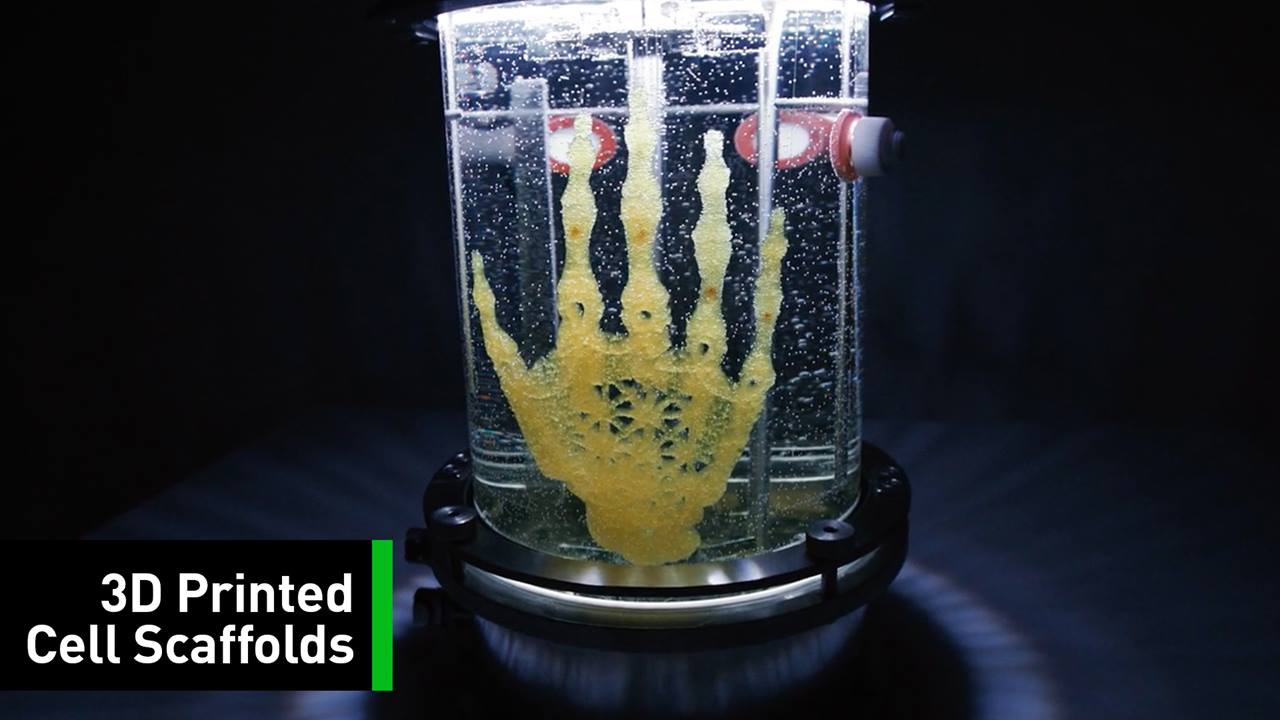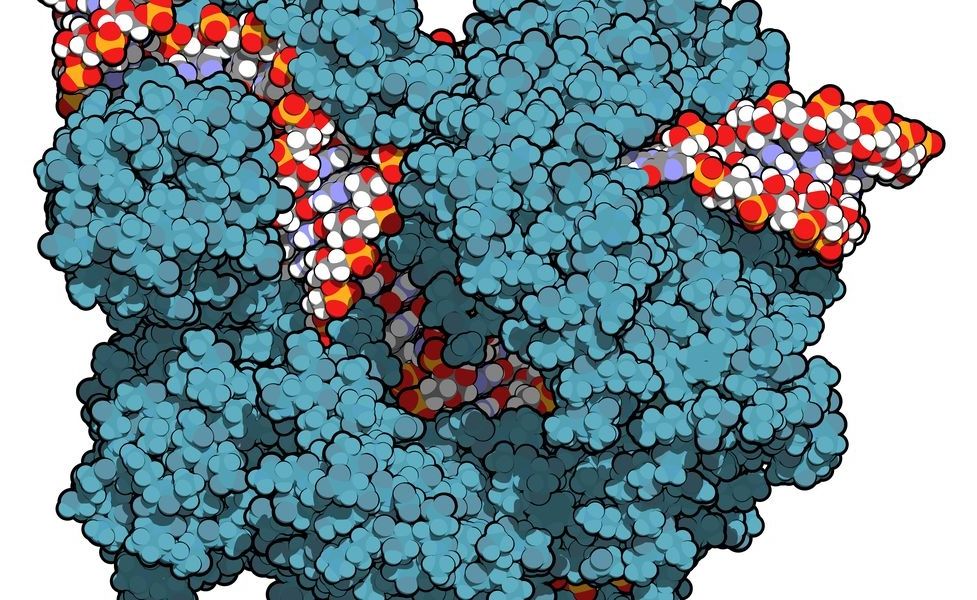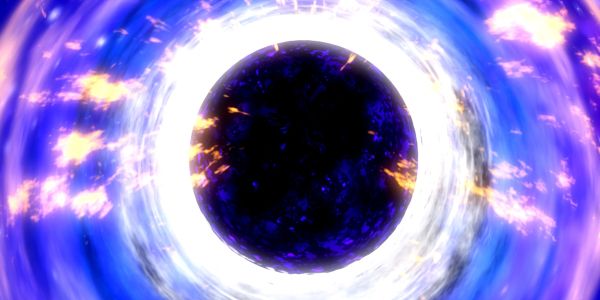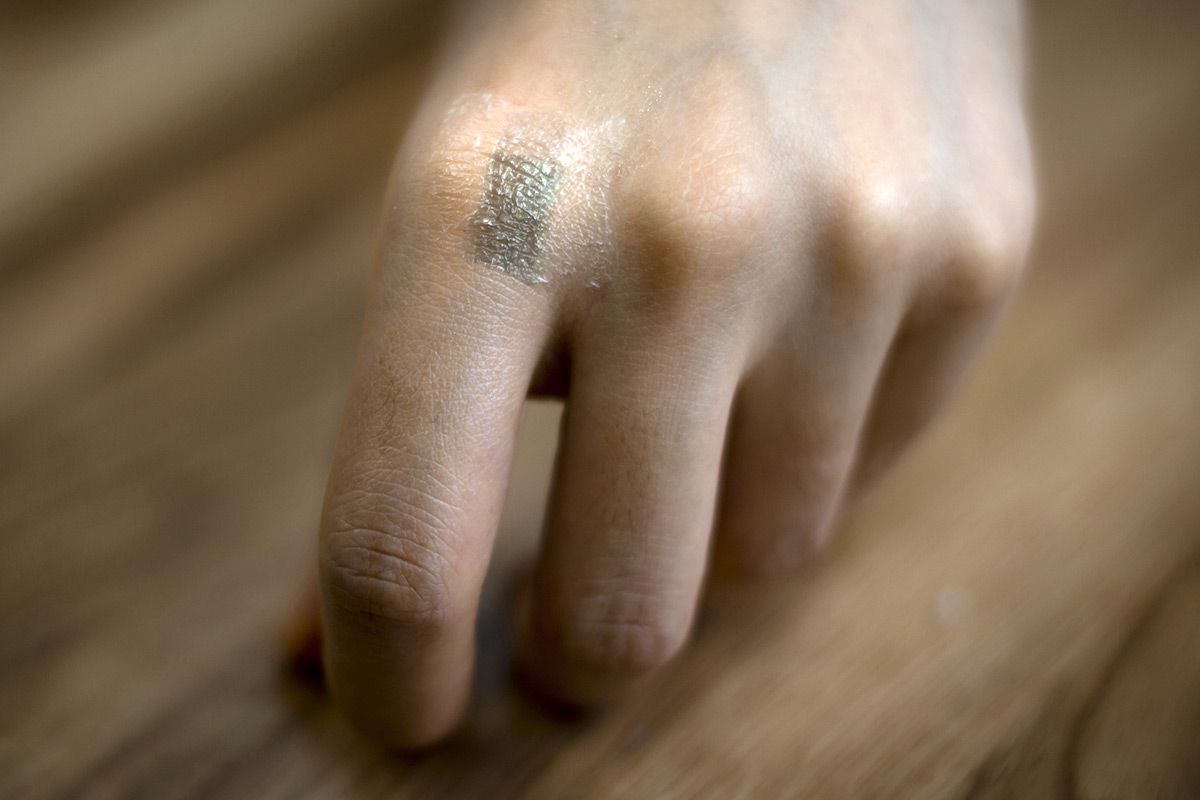There are a couple of reasons that scar tissue looks different than regular skin – it lacks hair follicles, and it has no fat cells. Recently, though, scientists from the University of Pennsylvania and the University of California, Irvine succeeded in addressing both factors. They’re now able to get wounds to heal with regenerated skin, instead of with scar tissue.
Myofibroblasts are the most common type of cell found in healing wounds, and they’re associated with scar formation. Led by U Penn’s Dr. George Cotsarelis, the research team was able to get those cells to transform into ones known as adipocytes – these are the fat cells that are present in normal skin, but absent in scars.
Scientists in the Cotsarelis Lab already knew which growth factors were necessary for hair follicles to form in the skin. This knowledge previously allowed them to induce follicles to grow at wound sites on mice, although that would supposedly only be solving half of the problem.
